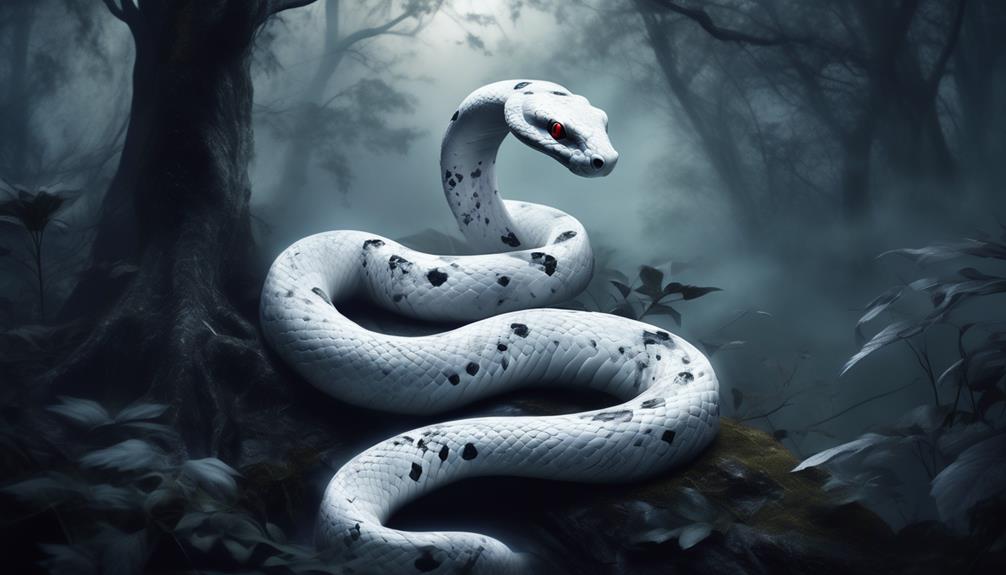Understanding Bell-Shaped Flowers
Bell-shaped flowers are characterized by their distinctive, often tubular form that resembles a bell or trumpet. These flowers can vary in size, color, and arrangement, but they typically share a common feature: a flared opening at the top and a narrower base. This shape is not only aesthetically pleasing but also functional, as it often attracts specific pollinators.
Characteristics of Bell-Shaped Flowers
- Shape: The defining feature is the bell-like structure, which can be upright or drooping.
- Color: Bell-shaped flowers come in a variety of colors, including white, blue, purple, pink, and yellow.
- Pollinator Attraction: The shape of these flowers is often adapted to attract specific pollinators, such as bees, hummingbirds, and butterflies.
- Growth Habit: Many bell-shaped flowers grow on tall spikes or racemes, creating a dramatic visual effect in gardens.
Notable Plants with Bell-Shaped Flowers
1. Foxglove (Digitalis purpurea)
Foxglove is a biennial plant known for its tall spikes adorned with tubular, bell-shaped flowers. These flowers can be purple, pink, white, or yellow and are arranged in a way that allows pollinators easy access to their nectar.Cultivation: Foxglove prefers well-drained soil and can thrive in partial shade to full sun. Regular watering is essential, especially during dry spells.Ecological Importance: Foxglove is a favorite among bees and other pollinators, making it a valuable addition to any garden.
2. Canterbury Bells (Campanula medium)
Canterbury bells are biennial plants that produce large, bell-shaped flowers that can be blue, pink, or white. They typically grow to a height of 2-3 feet and are known for their charming appearance.Cultivation: These plants thrive in well-drained soil and full sun to partial shade. They require regular watering to maintain healthy growth.Ecological Importance: Canterbury bells attract various pollinators, including bees and butterflies, enhancing biodiversity in gardens.
3. Bells of Ireland (Moluccella laevis)
Bells of Ireland are unique annual plants that feature tall spikes adorned with green, bell-shaped flowers. These flowers are often used in floral arrangements due to their unusual color and shape.Cultivation: They prefer well-drained soil and full sun, thriving in various climates.Ecological Importance: Bells of Ireland attract pollinators and can add a unique touch to garden displays.
4. Bluebell (Hyacinthoides non-scripta)
Bluebells are perennial plants that produce clusters of small, bell-shaped flowers, typically blue but also available in white. They grow in woodland areas and can reach heights of 12-18 inches.Cultivation: Bluebells prefer well-drained, moist soil and thrive in partial shade.Ecological Importance: They provide early spring nectar for bees and other pollinators.
5. Grape Hyacinth (Muscari armeniacum)
Grape hyacinths are small, bulbous perennials that produce spikes of small, bell-shaped flowers, usually blue or purple. They grow to a height of 6-12 inches.Cultivation: These plants thrive in well-drained soil and full sun to partial shade.Ecological Importance: Grape hyacinths attract bees and other pollinators, making them a valuable addition to spring gardens.
6. Coral Bells (Heuchera)
Coral bells are perennial plants known for their attractive foliage and delicate bell-shaped flowers. They come in various colors, including pink, red, and white.Cultivation: Coral bells prefer well-drained soil and thrive in partial shade.Ecological Importance: These plants attract pollinators and add visual interest to gardens.
7. Angel’s Trumpet (Brugmansia)
Angel’s trumpet is a small tree or shrub that produces large, pendulous, bell-shaped flowers in various colors, including white, yellow, and pink. The flowers can be quite fragrant.Cultivation: This plant prefers well-drained soil and full sun to partial shade.Ecological Importance: Angel’s trumpet attracts hummingbirds and other pollinators, but all parts of the plant are toxic if ingested.
8. Lily of the Valley (Convallaria majalis)
Lily of the valley is a perennial plant that produces small, fragrant, bell-shaped flowers. The flowers are typically white and hang from arching stems.Cultivation: This plant thrives in well-drained, moist soil and prefers partial to full shade.Ecological Importance: Lily of the valley attracts pollinators, particularly bees, but is toxic if ingested.
9. Dalmatian Bellflower (Campanula portenschlagiana)
Dalmatian bellflower is an evergreen perennial that produces deep lavender-purple bell-shaped blooms. It is often used as ground cover.Cultivation: This plant prefers well-drained soil and full sun to partial shade.Ecological Importance: Dalmatian bellflower attracts bees and provides a vibrant splash of color in gardens.
10. Penstemon (Penstemon spp.)
Penstemon, also known as beardtongue, is a diverse genus of flowering plants that produce spikes of tubular, bell-shaped flowers in various colors.Cultivation: These plants prefer well-drained soil and full sun.Ecological Importance: Penstemon is highly attractive to hummingbirds and bees, making it a valuable addition to pollinator gardens.
FAQ Section
- What are bell-shaped flowers?
Bell-shaped flowers are characterized by their distinctive shape, resembling a bell or trumpet. They are often arranged in clusters along tall spikes or racemes. - Which plants have bell-shaped flowers?
Notable plants with bell-shaped flowers include foxglove, Canterbury bells, bells of Ireland, bluebells, and grape hyacinths. - Are bell-shaped flowers easy to grow?
Many bell-shaped flowers are relatively easy to grow, requiring well-drained soil and appropriate sunlight. However, specific care requirements may vary by species. - Do bell-shaped flowers attract pollinators?
Yes, many bell-shaped flowers are highly attractive to pollinators, including bees, butterflies, and hummingbirds. - Are any bell-shaped flowers toxic?
Some bell-shaped flowers, such as foxglove and angel’s trumpet, are toxic if ingested. It is essential to research specific plants before planting them in gardens with children or pets. - What is the best time to plant bell-shaped flowers?
The best time to plant bell-shaped flowers depends on the species. Generally, spring or fall is ideal for most perennials, while annuals can be planted in spring after the last frost. - Can bell-shaped flowers grow in shade?
Many bell-shaped flowers can tolerate partial shade, while some prefer full sun. It is essential to choose the right species for your garden’s light conditions. - How do I care for bell-shaped flowers?
Care requirements vary by species, but generally, bell-shaped flowers need well-drained soil, regular watering, and appropriate sunlight. Mulching can help retain moisture and suppress weeds. - What are some popular uses for bell-shaped flowers in gardens?
Bell-shaped flowers are often used in borders, cottage gardens, and pollinator gardens. They can also be cut for floral arrangements due to their striking appearance. - Where can I find more information about bell-shaped flowers?
A variety of online resources, including gardening websites and encyclopedias, provide detailed information about specific plants. For example, the Wikipedia page on bell-shaped flowers can be a useful starting point.
Table of Plants with Bell-Shaped Flowers
| Plant Name | Scientific Name | Wikipedia or .gov Link |
|---|---|---|
| Foxglove | Digitalis purpurea | https://en.wikipedia.org/wiki/Digitalis_purpurea |
| Canterbury Bells | Campanula medium | https://en.wikipedia.org/wiki/Campanula_medium |
| Bells of Ireland | Moluccella laevis | https://en.wikipedia.org/wiki/Moluccella_laevis |
| Bluebell | Hyacinthoides non-scripta | https://en.wikipedia.org/wiki/Hyacinthoides_non-scripta |
| Grape Hyacinth | Muscari armeniacum | https://en.wikipedia.org/wiki/Muscari |
| Coral Bells | Heuchera spp. | https://en.wikipedia.org/wiki/Heuchera |
| Angel’s Trumpet | Brugmansia spp. | https://en.wikipedia.org/wiki/Brugmansia |
| Lily of the Valley | Convallaria majalis | https://en.wikipedia.org/wiki/Convallaria_majalis |
| Dalmatian Bellflower | Campanula portenschlagiana | https://en.wikipedia.org/wiki/Campanula_portenschlagiana |
| Penstemon | Penstemon spp. | https://en.wikipedia.org/wiki/Penstemon |
This article provides a detailed overview of plants with bell-shaped flowers, highlighting their beauty, ecological significance, and care requirements. Whether you’re a seasoned gardener or a novice, these plants can add a stunning visual element to your outdoor spaces.




